
Written in 2020
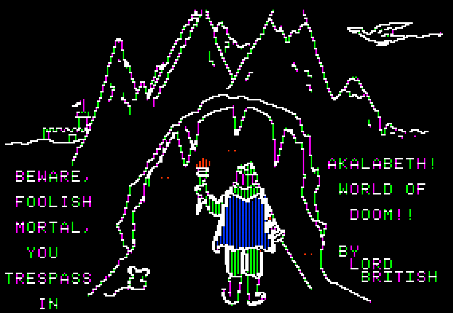 (Screenshot of Akalabeth on an Apple II)
(Screenshot of Akalabeth on an Apple II)
Now that the foundation of the genre was laid out by the first games, there were soon games to follow. The successor of Akalabeth would be called "Ultima", a well-known game series nowadays. Wizardry also became a series, and gamers on the now popular home computers and PCs enjoyed their turn based, first-person RPGs.
The aspect of players being able to level up by slaying fantasy monsters was niche, but popular enough for other game series to appear.
Ultima and Wizardry, and the new series that spawned in the genre, like The Elder Scrolls, were developed by companies and people from the western hemisphere. Ultima's creator, Richard Garriot is of British heritage, and Wizardry was created by an US company.
A company in Japan saw the potential and released their own interpretation of a turn-based role playing game.
When young developer Yuji Horii saw Wizardry while working on a port of his computer game for the popular Famicom console, he was inspired to use the simplified controls of his visual novel game to create an easy to understand game that also played in a fantasy world - "Dragon Quest".
They wanted the game to be more friendly to players than the grind-heavy Wizardry and Ultima games, so they adapted the gameplay to be more fitting for console players and perhaps a younger audience.
With famous Manga artist Akira Toriyama illustrating these games, the new japanese standard for turn-based role-playing games was finished and released by Enix.
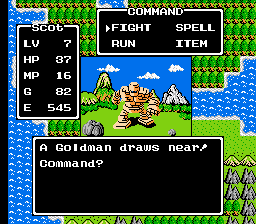 And this game indeed was successful - but not at first. Yuji Horii had to publish some articles about the game for people to be interested in it. But when they tried the new game, the Japanese players were totally fascinated by this friendly looking game with incredibly great music by Koichi Sugiyama (who is a great composer but sadly a nationalist, homophobe and denier of war crimes).
And this game indeed was successful - but not at first. Yuji Horii had to publish some articles about the game for people to be interested in it. But when they tried the new game, the Japanese players were totally fascinated by this friendly looking game with incredibly great music by Koichi Sugiyama (who is a great composer but sadly a nationalist, homophobe and denier of war crimes).
The success of the game in Japan caused some other developers to create similar games. One of these companies was on the verge of bankruptcy, the team wanted to be their last game truly great so the company could go out with a bang. They worked on an RPG game just like Dragon Quest was and released the game as their "Final Fantasy" - the game that would eventually save the company with countless successors and spin offs released to this day.
So now there was a thriving RPG industry in the west, based on successful titles like Wizardry and Ultima, and a newly formed RPG industry in Japan with their new titles of Final Fantasy and Dragon Quest.
As gaming itself was getting more and more popular, so did the variety of genres. And soon after the aforementioned games had been published, new subtypes of the genre evolved. Here are some examples of subgenres that formed in the 80s and 90s.
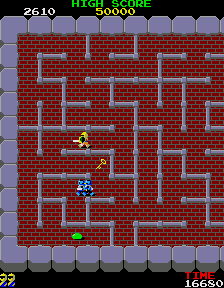
With the new variety, things got a bit more confusing. In the early days, an RPG was easy to define: It was a game based on mechanics found in popular table-top games that have been played without figurines. Characters could get stronger by beating enemies, and combat was turn-based. And most of the cases, the setting of the game was a fantasy one.
But during the 80s, a different kind of RPG appeared: Instead of traditional turn based combat and separate battle screens or first person dungeons, these games offered a top down view, direct combat (or at least direct movement of the characters during battles) and sometimes not even experience points to become stronger.
Instead, some of these games would rely on items to be found to make life for the players easier. Some of those games include Tower of Druaga, The Legend of Zelda or the first Ys games.
But then, some of these games were attributed as "Action-Adventures", because there were many RPG features missing, like level grinding, inventory management and so on. Even to this day, there is a hefty discussion going on, which games are action RPGs and which are Action-Adventures.
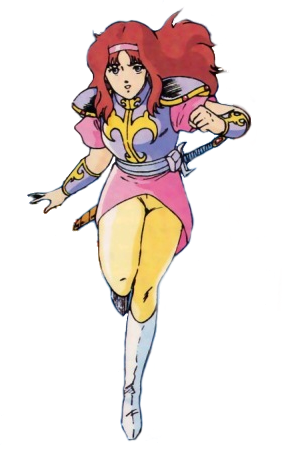
To make things confusing, even the traditional RPG genre was split up during the 90s. Whereas early Dragon Quest and Final Fantasy installations were still pretty close to the principle of tabletop RPGs and earlier western games, the genre developed differently.
RPGs created in the west often had and have character editors that allow players to define what they want to look and what they want to be, but in Japan, RPGs started to tell complex stories.
One of the first RPGs with a more complex story in japan was "Phantasy Star", which also skipped the feature to choose an individual party like it still was the case with Final Fantasy which was released the same year.
In Phantasy Star, players followed the story of Alis Landale, who had to see her Brother being beaten to death by the police that served under the dictator Lassic. Every new character in the party had their own reason to join and their own strengths and weaknesses.
Phantasy Star II, released about two years later, even offered one of the most memorable emotional scenes in gaming thus far.
And in the 90s, the golden age of RPGs in Japan emerged. The games offered intense storylines, got longer in playtime with each passing year and eventually influenced a lot of people to just like these games more than the western RPGs, which still focused more on exploration, dungeon crawling with individually created characters and less on story.
Western RPGs during the 90s slowly turned into a genre that favored action combat over turn-based fighting. Even if the battles itself still were played out purely based on stats and values, like in The Elder Scrolls: Morrowind.
But in recent years, things changed. There have been "Japanese" RPGs been created by western developers (Child of Light, Pier Solar) and "Western" RPGs by Japanese developers (Dragon's Dogma).
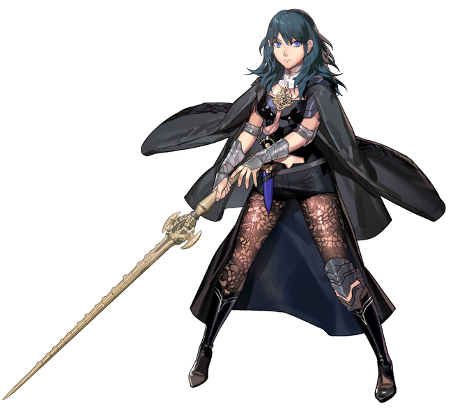
One subgenre of RPGs that had surfaced even in the early days of the genre was the tactical RPGs. These games focused on the tile-based combat that is famous in tabletop RPGs such as Dungeons & Dragons and allowed players to manage multiple characters at once in a battle. Most of these games are rather menu driven, where aside of battles, everything happens in lists and menus - just like the early Fire Emblem games.
However, there are some examples, like the Shining Force games or the latest Fire Emblem game, that include lots of regular RPG elements in its game - in Shining Force, players can stroll through towns and cities, every playable character has an individual design and so on. Most of these games, however, still focus on battles and micromanagement in menus.
In the past forty years, so many other sub-genres of RPGs have been established. There are the MMORPGs, where millions of players play together or against each other, or Rogue likes, a very specific kind of dungeon crawling game, or the new Souls likes, especially brutal and unforgiving games.
All of those genres are put under the label of role-playing game, but it's often hard to distinguish which game belongs to what genre exactly.
(Dragon Quest and Tower of Druaga screenshot courtesy of vgmuseum.com)